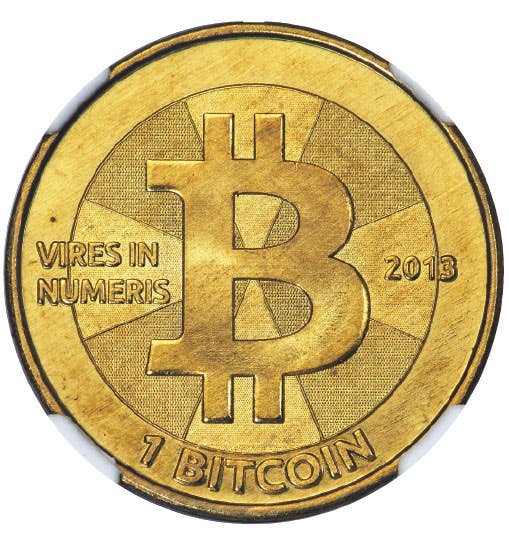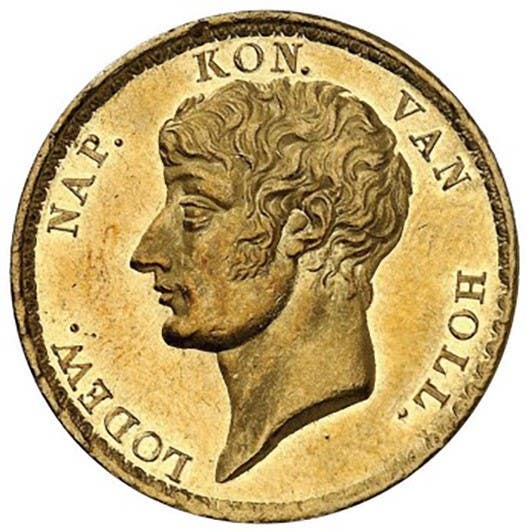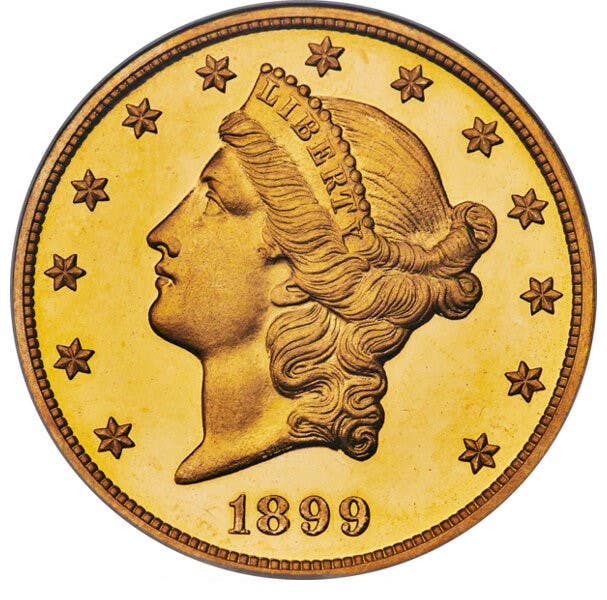Current coins safe for now
The Mint wants more time to come up with alternative compositions for U.S. coinage. Financially, it has that time. Thanks to rebounding quarter mintages, seigniorage profits to the Treasury are once…
The Mint wants more time to come up with alternative compositions for U.S. coinage.
Financially, it has that time. Thanks to rebounding quarter mintages, seigniorage profits to the Treasury are once again rising despite the losses taken on cent and nickel production.
The Mint filed its biennial report to Congress on Friday that is required by the Coin Modernization and Oversight and Continuity Act of 2010.
In 2012 the Mint filed its first report, also asking for more time.
Finding cheaper compositions that cannot be easily counterfeited and that can be circulated side by side with current coinage is the challenge.
There is great concern by the vending machine industry.
New compositions that don’t match the current electro-magnetic signatures as well as similar weights and identical diameters of current coins might cost the industry $2.5 billion to $6 billion to change its equipment.
This cost range overshadows projected savings to the Mint, which under the best circumstances would be $57 million a year with current alterative compositions.
Even as it works to find possible alternatives, the Mint notes that it is bringing the cost of current coinage down.
More efficient production means the Mint has returned to pre-2009 financial crisis output levels with just two shifts each day rather than three.
Rising volumes also contribute to reducing the cost of fixed overhead applied to each coin minted.
By the end of the fiscal year Sept. 30, 2014, the Mint had reduced the cost of the cent by 31.1 percent from its 2011 peak, though it still costs 1.66 cents to make.
Nickel costs were reduced by 27.6 percent to 8.09 cents each.
The dime costs were brought down by 30.8 percent to 3.91 cents per coin.
Quarter costs came down 19.7 percent to 8.95 cents per coin.
In the past two years the Mint focused on six alternative materials, but these all have drawbacks of one kind or another.
The first of these is copper-plated zinc just like what is used for the cent. This was tested on the nickel.
There was a composition of tin plated on copper plated on zinc, also tested for the nickel.
Nickel-plated low carbon steel was tested on the nickel and quarter.
Multi-ply plated steel, which is nickel plated on copper plated on nickel plated on low-carbon steel, was tried for the nickel and quarter.
Stainless steel was tried for the nickel.
The sixth composition was an 80 percent copper, 20-percent nickel alloy tested on the nickel. This is not much different from the current 75-25 mixture.
Going forward, the Mint wants to work on a nickel silver alloy of copper, nickel and zinc. It is called C7700 and it has a silver color, has the same electromagnetic signature and a weight that is similar enough to current coin weights to be acceptable for use as a substitute for the current copper-nickel compositions.
The Mint said it will partner with the Department of Commerce’s National Institute of Standards and Technology to pursue the nickel silver alloy development.
The plated zinc alloys were ruled out as not standing up to circulation and the 80/20 copper-nickel had so little cost savings it would be hardly worth doing.
The steel compositions have promise but also drawbacks.
Stainless steel can be so easily counterfeited that use on any denomination above the nickel would be problematic. Steel is also hard on dies that strike coins.
Hence the Mint's desire to look for something better.
Meanwhile, the quarter's seigniorage profit of $270.5 million has more than doubled in the past year, dwarfing the $52.5 million loss on the cent and $37.6 million loss on the nickel. Profits from the dime are $135.2 million.
These are what appear to me to be the highlights of the report.
The full report on the Mint’s website is over 200 pages long. Good luck to anyone who wants to dive into it.
Buzz blogger Dave Harper is winner of the 2014 Numismatic Literary Guild Award for Best Blog and is editor of the weekly newspaper "Numismatic News."
- Subscribe to the NumisMaster Coin Price Guide for access to the web’s most comprehensive list of coin values
- Join the NumisMaster VIP Program for free subscriptions, store discounts, and more!









